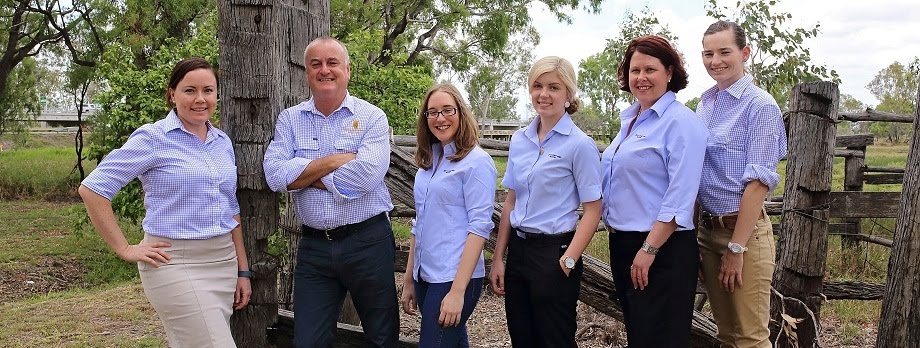When Dams are supposed to fail!
You may have seen this story in the news recently. Over 200,000 people were evacuated when one of America’s largest dam showed signs of failing.
What you may not know is the auxiliary spill ways or saddle dams are actually designed to fail so that the main dam wall is not damaged. Think of these saddle dams or auxiliary spill ways as being sacrificial walls which are designed to fail to save the main piece of infrastructure, ie the main wall.
Auxiliary dams, or saddle dams are more common than you might think. Rookwood Weir for example, when it is built will have saddle dams on the left bank. Landowners on the left bank of the Weir or who are located below the likely spill area should definitely inform themselves of how the infrastructure around them works and get the right advice. No one wants an evacuation notice in the middle of the night!
Awoonga Dam near Gladstone a few years ago had issues with their saddle dams, https://www.gladstoneobserver.com.au/news/lake-awoonga-saddle-dam-close-reaching-breaking-po/1732906/
and Opuha Dam in New Zealand also had issues after a heavy downpour in 1997. Luckily no people have been hurt during these two terrible events, but one wonders.....
If a Saddle Dam is to be constructed on your property or if you are located downstream or near a saddle dam then the laws regarding compensation for these are quite complicated. If the Saddle Dam is on your property then you will be entitled to compensation as a part of the resumption process. If you are located downstream or in front of the Saddle Dam, and likely to be impacted by a failure, the law is far less clear.
The Landowner Lawyer has experience dealing with resumption matters including a variety of disputes and claims over Dams and Weirs. She has a special interest in water.


